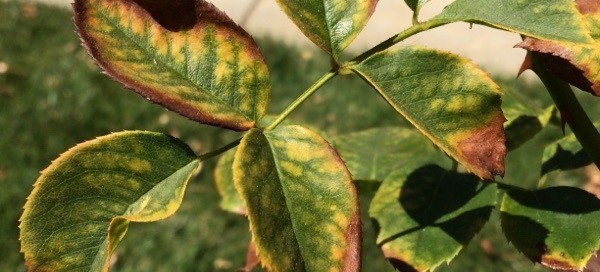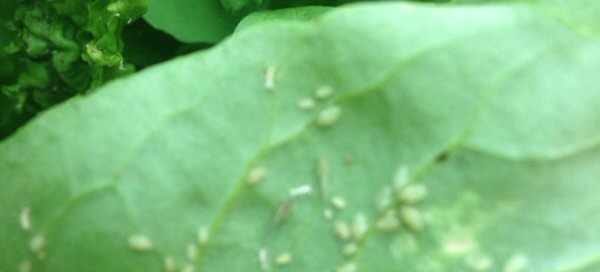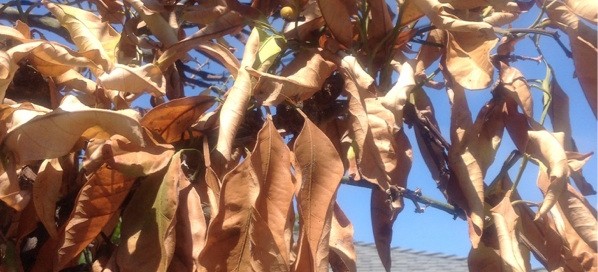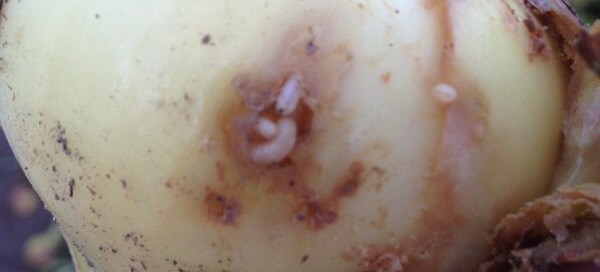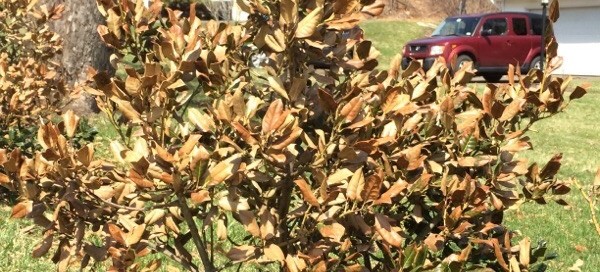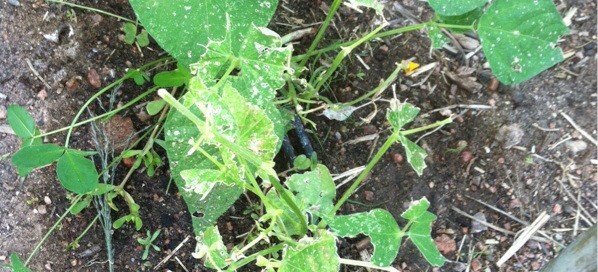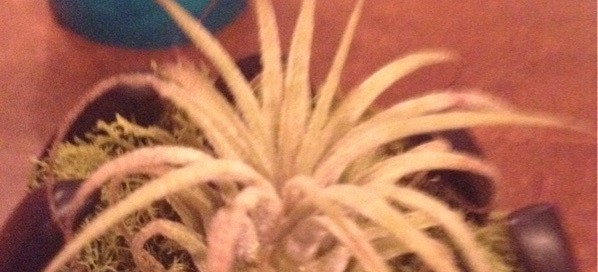Rose Issues
There are a couple of things troubling the rose in this photo. First, the yellow areas on the leaf indicate that the rose is possibly suffering from a nutrient deficiency. Probably Iron deficiency due to a high pH of the soil (alkaline - salt). There may be iron in the soil but it not available to the plant because of the pH. Second, the brown edges of the leaves looks like a salt burn or underwatering. Again, that word salt...If they are planted directly in the ground, you might want to give them a good deep watering a couple of times a week until you see improvement. If they are in a pot, you would want to water them thoroughly until the water is running out the drainage holes in the bottom of the pot. You might want to start a regular fertilizer program by getting a fertilizer especially for rose plants (that includes iron) and a pH test kit for the soil. Follow all directions on the fertilizer container. You might also want to take a bagged sample like this into your local garden center for a hands on diagnosis of the problem.
